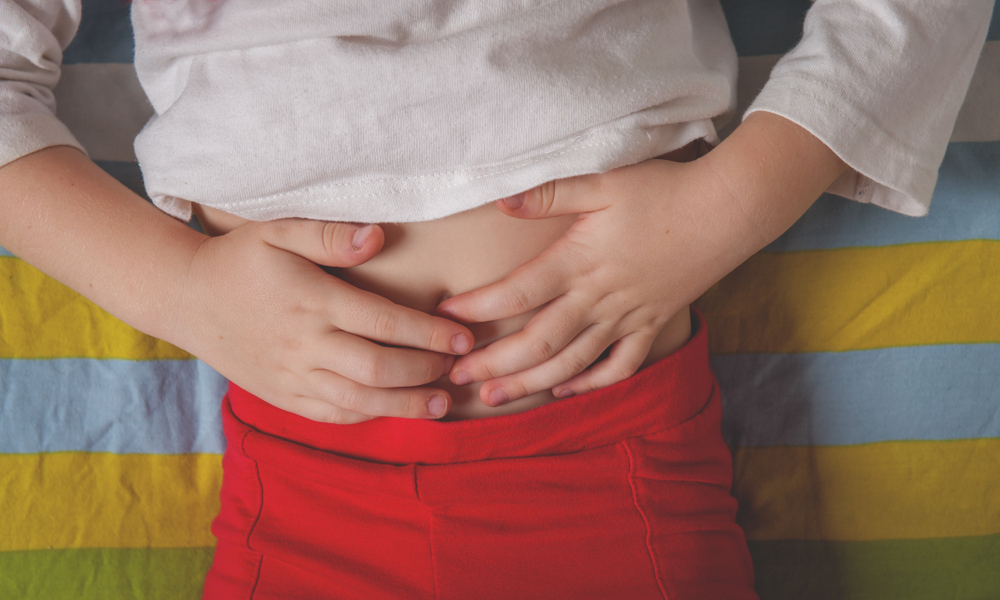
Rumbling little tummies are fun for no one. Protect your baby or toddler's stomach with these doctor-recommended strategies to help prevent gas.
Offer a Pacifier
Sucking on a Binky is comforting and “wakes up” the GI tract, which may help gas get moving. —Samira Armin, M.D., a pediatrician at Texas Children’s Pediatrics in Houston
Zen Out
Teach your child deep breathing, and offer a shoulder massage or a tummy rub. Any type of relaxation can lessen his abdominal pain. —John Rosen, M.D., a pediatric gastroenterologist at Children’s Mercy, in Kansas City, Missouri
Schedule Bathroom Trips
Take advantage of the tendency to have a bowel movement after eating by having your kid spend five minutes, but no more than that, on the toilet after meals. —Dr. Rosen
Get Her Off the Couch
When kids are sitting around all the time, so are their intestines. The GI tract just plain functions better when there is regular cardio activity in a child’s day. —Jeremiah Levine, M.D., director of pediatric gastroenterology at NYU Langone Health
Soften Things Up
If constipation accompanies your kid’s gas, you may want to mix tasteless, odorless MiraLAX into his beverage each day to draw more water into the colon and soften the stool. Talk to your pediatrician about the right dose for your child’s age. —Jean Molleston, M.D., a pediatric gastroenterologist with Riley Hospital for Children at Indiana University Health
Cut Out Gum and Soda
Chewing gum and drinking carbonated beverages allows big kids to take in excess air that contributes to gas. —Dr. Levine
Serve More Fiber
Offer more nuts, whole grains, fruits, and veggies. Fiber is a prebiotic that is used by intestinal bacteria and can improve motility. —Dr. Levine
Try Probiotics
If you don’t see improvement in three to four weeks, stop spending money on it. —Dr. Rosen
Parents Magazine

